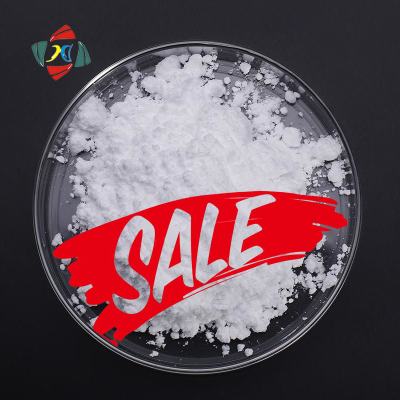-
Categories
-
Pharmaceutical Intermediates
-
Active Pharmaceutical Ingredients
-
Food Additives
- Industrial Coatings
- Agrochemicals
- Dyes and Pigments
- Surfactant
- Flavors and Fragrances
- Chemical Reagents
- Catalyst and Auxiliary
- Natural Products
- Inorganic Chemistry
-
Organic Chemistry
-
Biochemical Engineering
- Analytical Chemistry
- Cosmetic Ingredient
-
Pharmaceutical Intermediates
Promotion
ECHEMI Mall
Wholesale
Weekly Price
Exhibition
News
-
Trade Service
The chemical industry plays a crucial role in our daily lives, providing the necessary chemicals and compounds that are used in various industries such as pharmaceuticals, textiles, construction, and food processing.
In this industry, one of the important concepts is the production of upstream and downstream products.
In this article, we will focus on the upstream and downstream products of Gastrodin.
Gastrodin is a chemical compound that is used as an intermediate in the production of various downstream products.
It is classified as an organic compound that belongs to the group of amines and is known for its strong, unpleasant odor.
Gastrodin is used as an intermediate in the production of various chemicals such as dyes, fragrances, and drugs.
The upstream products of Gastrodin are the raw materials that are used in its production.
These raw materials include ammonia, hydrogen cyanide, and acetonitrile.
The production of Gastrodin involves the reaction of these raw materials in the presence of a catalyst, which results in the formation of the desired compound.
The downstream products of Gastrodin are the final products that are produced using the compound as an intermediate.
These products are used in various industries such as pharmaceuticals, textiles, and food processing.
Some of the downstream products of Gastrodin include:
- Pharmaceuticals: Gastrodin is used as an intermediate in the production of various drugs such as antibiotics, painkillers, and anti-inflammatory medications.
- Textiles: Gastrodin is used in the production of dyes that are used in the textile industry.
These dyes provide color to various textiles such as cotton, wool, and silk. - Fragrances: Gastrodin is used in the production of various fragrances such as perfumes and colognes.
- Food processing: Gastrodin is used in the production of various food additives such as flavor enhancers and preservatives.
In conclusion, Gastrodin is an important intermediate in the production of various downstream products in the chemical industry.
The upstream products for the production of Gastrodin are ammonia, hydrogen cyanide, and acetonitrile, while the downstream products include pharmaceuticals, textiles, fragrances, and food processing products.
The production of Gastrodin involves the reaction of these raw materials in the presence of a catalyst, resulting in the formation of the desired compound.
Understanding the upstream and downstream products of Gastrodin is crucial in the supply chain management of the chemical industry, as it helps in the optimization of production processes, cost-effectiveness, and better utilization of resources.







